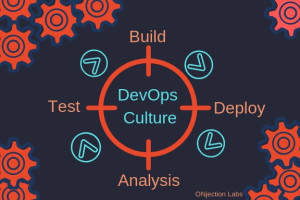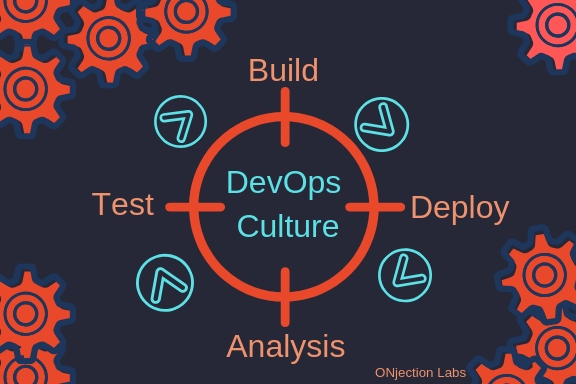The roots of DevOps can be traced to mid-1900s when Taiichi Ohno and Eiji Toyoda designed the Toyota Production System (TPS) between 1948 and 1975. The TPS aimed at eliminating inconsistencies, automating processes, and increasing the efficiency of the organization. DevOps is somewhat an exact replica of the TPS when it comes to principles and functioning.
According to RightScale, DevOps adoption has increased from 66% in 2015 to 74% in 2016. Why is DevOps culture the perfect fit for your organization? Read on to know more.
Continuous Integration & Continuous Delivery (CI & CD)
CI & CD are the main practices of DevOps. These practices are much more efficient than the traditional software development process. According to GitLab, 84% developers confirm that using continuous integration (CI) minimizes blockers in the development process. You can release multiple software updates in a shorter span of time. Once you have the code, use CI to integrate into the central repository where it undergoes automated quality tests. Once validated, you can use the CD to release apps and updates in the delivery pipeline.
Infrastructure as Code
As infrastructure management is a fragile practice, managing it is a challenge in the software development process. But in the DevOps culture, you can automate infrastructure provisioning and management by deploying the code. There are various tools, some of them cloud-based, available that let developers and sysadmins remotely configure servers, without the need for manual intervention. Since infrastructure is governed by code, you can easily fix bugs and issue rollbacks, thus, ensuring the security of the system.
Microservices
The microservices is a crucial practice because it lets companies develop a certain set of services according to customer preferences. Instead of building and deploying a single application, DevOps emphasize microservices practice wherein, a set of small applications or services work and interact with each other to accomplish a task. The interaction amongst services takes place on an application programming interface (API). The main advantage of microservices is that you can deploy them in containers as per business requirements.
Cloud Compatibility
The automation aspect of DevOps and the centralized functioning of the Cloud render a productive environment for the software development process. The developers and other team members can access various cloud-based tools to develop, test, and release applications and updates. The cloud-based platform facilitates effective collaboration, distribution of resources, and supports various practices under DevOps culture.
Collaborations & Monitoring
According to a survey, 94% of respondents prefer working in a collaborative environment. DevOps culture is all about the collaboration among team members. For instance, the developer can assume some of the responsibilities of a system administrator. DevOps culture is all about merging development and operations to bridge the gap of communication and automate the processes for the efficient development process.
The monitoring in real-time allows DevOps developers to instantly rectify bugs, and release the update in the delivery pipeline. In-depth data analysis and strict adherence to standardized codes facilitate effective compliance.
Conclusion
The future seems bright for the organizations that plan to implement DevOps culture. You can automate processes, communicate effectively, implement quicker updates, and ultimately, increase the efficiency of the development process. Before your competitors’ take the lead, spearhead your organization’s growth by switching to the DevOps culture.


